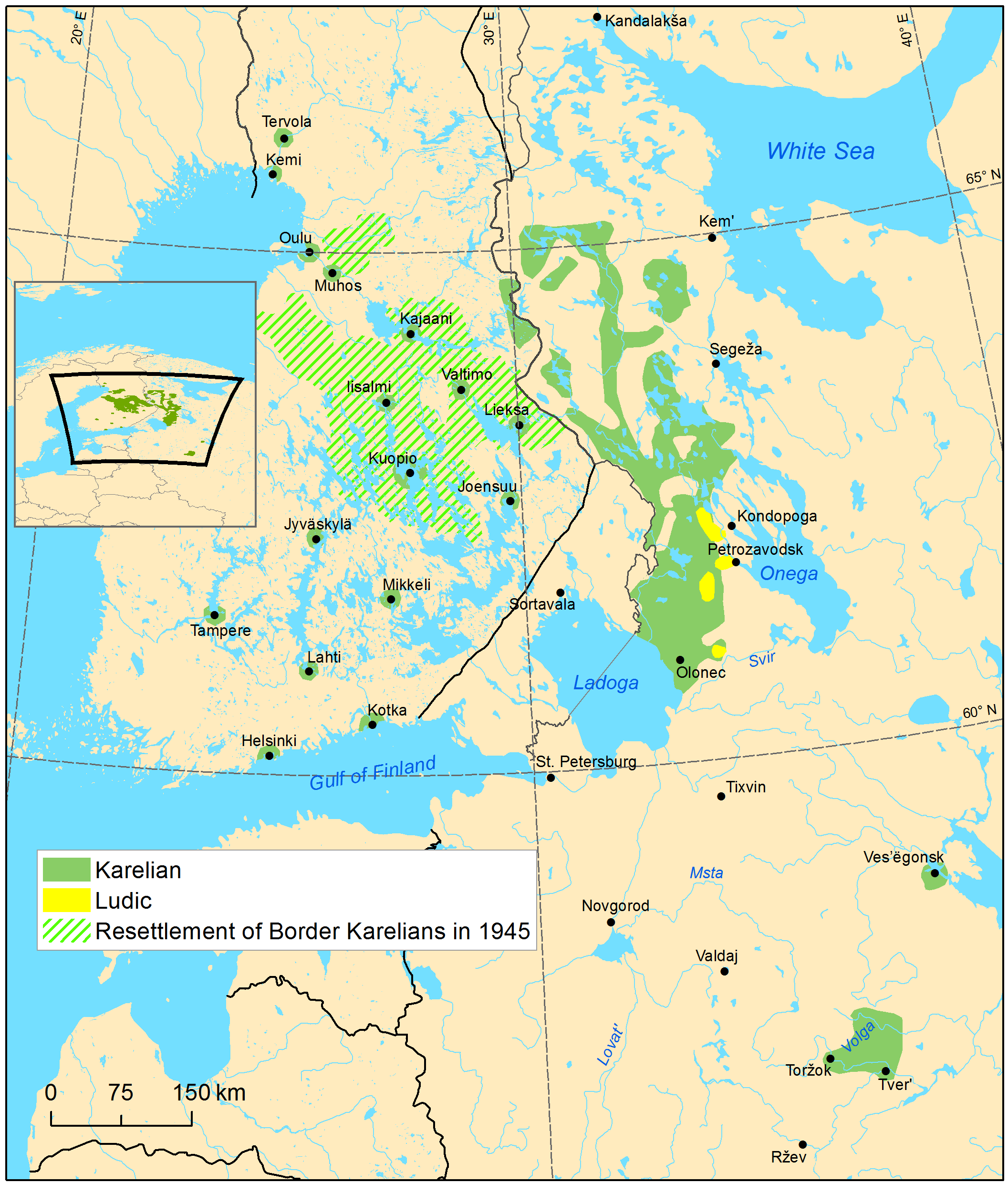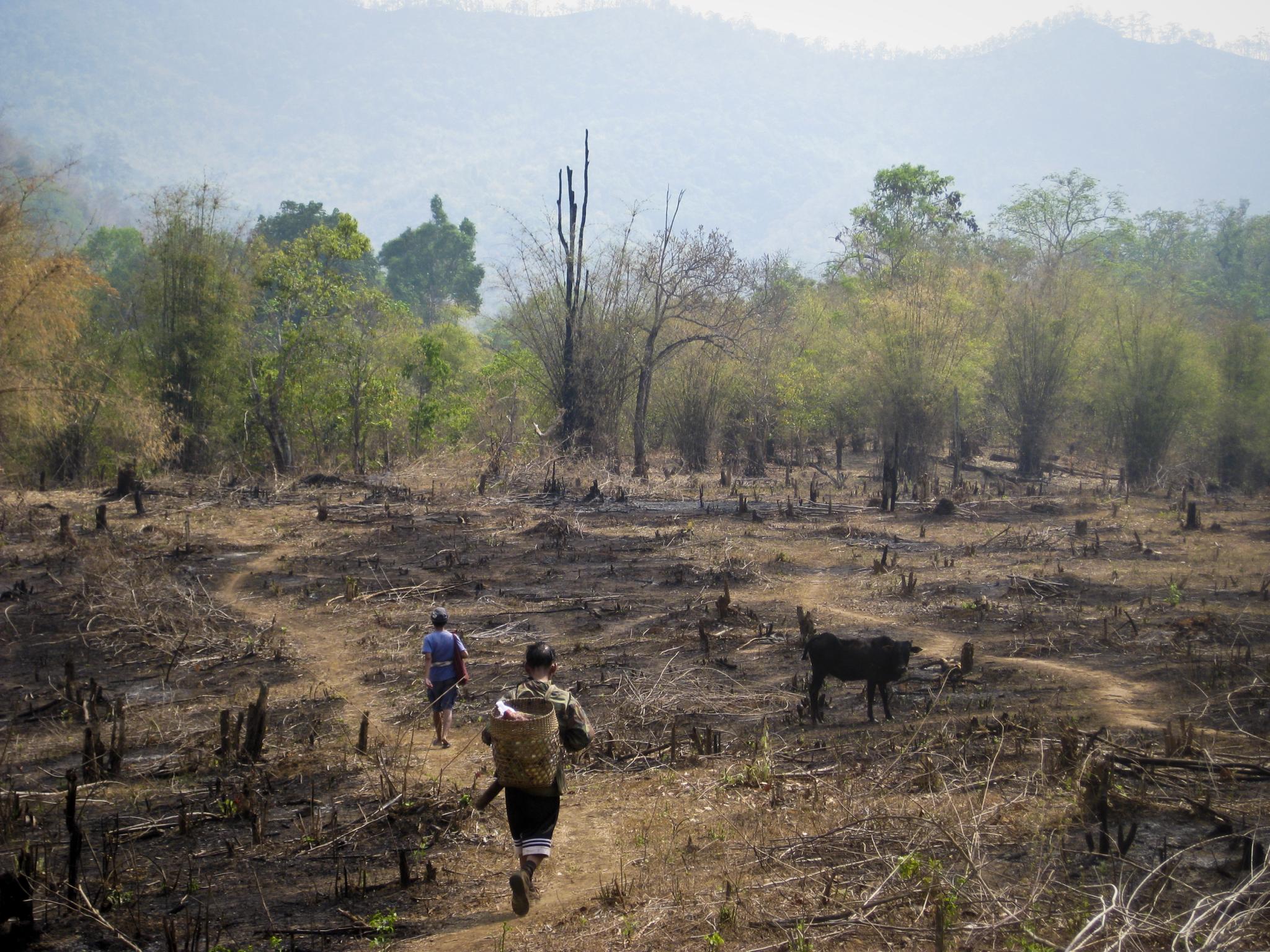|
Rukajärvi
Rukajärvi (Karelian language, Karelian: ''Rugarvi'', Russian language, Russian: Ру́гозеро, ''Rugozero''; ) is a rural municipality and its central village in the Muyezersky District in the Republic of Karelia in Russia. It is located on the eastern shore of Lake Rukajärvi, 84 km northeast of Muyezersky (urban-type settlement), Muyezersky (Mujejärvi).''Karelija: entsiklopedija, tom 3'', p. 35. Petrozavodsk: Petropress, 2011. . The population of the village is 753 and that of the municipality is 909 (as of 2012).Generalnyi plan, p. 17. Geography and population The area of the Rukajärvi municipality is 3990 square kilometres. It is bordered to the northeast by Sosnavitsa in the Belomorsky District, to the east by Mustakoski in the Segezhsky District, to the south by Paatene in the Medvezhyegorsky District, to the south by Mujejärvi and to the northwest by Ledmozero in the Muyzezersky District.Generalnyi plan, p. 5. Most of the area is forest and lakes. The area of the ... [...More Info...] [...Related Items...] OR: [Wikipedia] [Google] [Baidu] |
Karelian Language
Karelian (; ; ; ) is a Finnic language spoken mainly by the Karelians, Karelian people in the Russian Republic of Karelia. Linguistically, Karelian is closely related to the Finnish language, Finnish dialects spoken in eastern Finland, and some Finnish linguists have even classified Karelian as a dialect of Finnish, but nowadays it is widely considered a separate language. Karelian is not to be confused with the South Karelian dialects, Southeastern dialects of Finnish, sometimes referred to as ("Karelian dialects") in Finland. In the Russian 2020–2021 census, around 9,000 people spoke Karelian natively, but around 14,000 said they were able to speak the language. There are around 11,000 speakers of Karelian in Finland, and around 30,000 people in Finland have at least some knowledge of Karelian. The Karelian language is a group of two supradialects. The two supradialects are Karelian Proper language, Karelian Proper (which comprises Northern Karelian dialect, Northern Kareli ... [...More Info...] [...Related Items...] OR: [Wikipedia] [Google] [Baidu] |
Location Of Rugozerskoye Settlement (Muyezersky District, Karelia)
In geography, location or place is used to denote a region (point, line, or area) on Earth's surface. The term ''location'' generally implies a higher degree of certainty than ''place'', the latter often indicating an entity with an ambiguous boundary, relying more on human or social attributes of place identity and sense of place than on geometry. A populated place is called a ''settlement''. Types Locality A locality, settlement, or populated place is likely to have a well-defined name but a boundary that is not well defined, but rather varies by context. London, for instance, has a legal boundary, but this is unlikely to completely match with general usage. An area within a town, such as Covent Garden in London, also almost always has some ambiguity as to its extent. In geography, location is considered to be more precise than "place". Relative location A relative location, or situation, is described as a displacement from another site. gta6 Absolute location An absolute loc ... [...More Info...] [...Related Items...] OR: [Wikipedia] [Google] [Baidu] |
Natural Monument
A natural monument is a natural or cultural feature of outstanding or unique value because of its inherent rarity, representative of aesthetic qualities, or cultural significance. They can be natural geological and geographical features such as waterfalls, cliffs, craters, fossil, sand dunes, rock forms, valleys and coral reefs. Locations important to faith groups may be considered natural monuments. Archeological and historical sites linked to the natural environment are also included, such as cave art. This is especially true when relevant to the land of Indigenous Peoples. Protections Under the International Union for Conservation of Nature and Natural Resources guidelines, natural monuments are level III, described as: :"Areas are set aside to protect a specific natural monument, which can be a landform, sea mount, submarine cavern, geological feature such as a cave or even a living feature such as an ancient grove. They are generally quite small protected areas and often ha ... [...More Info...] [...Related Items...] OR: [Wikipedia] [Google] [Baidu] |
Petrozavodsk
Petrozavodsk (, ; Karelian language, Karelian, Veps language, Vepsian and ) is the capital city of the Republic of Karelia, Russia, which stretches along the western shore of Lake Onega for some . The population of the city is 280,890 as of 2022. Etymology The name of the city is a combination of words Peter (Peter the Great) and ''zavod'' (meaning factory). It was previously known as ''Shuysky Zavod'' (1703–1704) and ''Petrovskaya Sloboda'' (1704–1777), which was the first name of the city related to Peter the Great. It was renamed to Petrozavodsk after Catherine the Great granted the settlement the status of a city. It was unofficially planned in the 1930s to rename the city to ''Gyllinggrad'', () in honor of the long-time leader of the Karelian Autonomous Soviet Socialist Republic, Karelian ASSR, Edvard Gylling. However, Gylling quickly became unpopular amongst Soviet authorities during the same decade and ended up being executed as part of the Great Purge, leading to th ... [...More Info...] [...Related Items...] OR: [Wikipedia] [Google] [Baidu] |
Slash-and-burn
Slash-and-burn agriculture is a form of shifting cultivation that involves the cutting and burning of plants in a forest or woodland to create a Field (agriculture), field called a swidden. The method begins by cutting down the trees and woody plants in an area. The downed vegetation, or "slash", is then left to dry, usually right before the rainiest part of the year. Then, the Biomass (ecology), biomass is burned, resulting in a nutrient-rich layer of ash which makes the Soil fertility, soil fertile, as well as temporarily eliminating weed and pest species. After about three to five years, the plot's productivity decreases due to depletion of nutrients along with weed and pest invasion, causing the farmers to abandon the field and move to a new area. The time it takes for a swidden to recover depends on the location and can be as little as five years to more than twenty years, after which the plot can be slashed and burned again, repeating the cycle. In Bangladesh and India, the ... [...More Info...] [...Related Items...] OR: [Wikipedia] [Google] [Baidu] |
Socken
Socken ( or ) is the name used for a part of a counties of Sweden, county in Sweden. In Denmark, similar areas are known as , in Norway or and in Finland or . A is a rural area formed around a church, typically in the Middle Ages. A socken originally served as a parish. Later, until the Swedish municipal reforms of 1862, it also served as a civil parish or an parish (administrative division), administrative parish, and became a predecessor to today's municipalities of Sweden, municipalities of Finland, Finland, municipalities of Norway, Norway and municipalities of Denmark, Denmark. Today it is a traditional area with frozen borders, in Sweden typically identical to those of the early 20th century rural parishes. The socken also served as a registration unit for buildings, in Sweden recently replaced by identical registration districts in Sweden, registration districts as registration unit. A socken consists of several villages and industry Human settlement, localities (comp ... [...More Info...] [...Related Items...] OR: [Wikipedia] [Google] [Baidu] |
Eastern Orthodox Church
The Eastern Orthodox Church, officially the Orthodox Catholic Church, and also called the Greek Orthodox Church or simply the Orthodox Church, is List of Christian denominations by number of members, one of the three major doctrinal and jurisdictional groups of Christianity, with approximately 230 million baptised members. It operates as a Communion (Christian), communion of autocephalous churches, each governed by its Bishop (Orthodox Church), bishops via local Holy Synod, synods. The church has no central doctrinal or governmental authority analogous to the pope of the Catholic Church. Nevertheless, the Ecumenical Patriarch of Constantinople is recognised by them as ''primus inter pares'' (), a title held by the patriarch of Rome prior to 1054. As one of the oldest surviving religious institutions in the world, the Eastern Orthodox Church has played an especially prominent role in the history and culture of Eastern Europe, Eastern and Southeastern Europe. Since 2018, the ... [...More Info...] [...Related Items...] OR: [Wikipedia] [Google] [Baidu] |
Swedish People
Swedes (), or Swedish people, are an ethnic group native to Sweden, who share a common ancestry, Culture of Sweden, culture, History of Sweden, history, and Swedish language, language. They mostly inhabit Sweden and the other Nordic countries, Swedish-speaking population of Finland, in particular, neighboring Finland, where they are an officially recognized minority, with Swedish being one of the official languages of the country, and with a substantial Swedish diaspora, diaspora in other countries, especially the Swedish Americans, United States. Etymology The English term "Swede" has been attested in English since the late 16th century and is of Middle Dutch or Middle Low German origin. In Swedish language, Swedish, the term is ''svensk'', which is from the name of ''svear'' (or Swedes), the people who inhabited Svealand in eastern central Sweden, and were listed as ''Suiones'' in Tacitus' history ''Germania (book), Germania'' from the first century AD. The term is believed ... [...More Info...] [...Related Items...] OR: [Wikipedia] [Google] [Baidu] |
Czar
Tsar (; also spelled ''czar'', ''tzar'', or ''csar''; ; ; sr-Cyrl-Latn, цар, car) is a title historically used by Slavic monarchs. The term is derived from the Latin word '' caesar'', which was intended to mean ''emperor'' in the European medieval sense of the term—a ruler with the same rank as a Roman emperor, holding it by the approval of another emperor or a supreme ecclesiastical official—but was usually considered by Western Europeans to be equivalent to "king". Tsar and its variants were the official titles in the First Bulgarian Empire (681–1018), Second Bulgarian Empire (1185–1396), the Kingdom of Bulgaria (1908–1946), the Serbian Empire (1346–1371), and the Tsardom of Russia (1547–1721). The first ruler to adopt the title ''tsar'' was Simeon I of Bulgaria. Simeon II, the last tsar of Bulgaria, is the last person to have held this title. Meaning in Slavic languages The title tsar is derived from the Latin title for the Roman emperors, ''caesar' ... [...More Info...] [...Related Items...] OR: [Wikipedia] [Google] [Baidu] |
Voivode
Voivode ( ), also spelled voivod, voievod or voevod and also known as vaivode ( ), voivoda, vojvoda, vaivada or wojewoda, is a title denoting a military leader or warlord in Central, Southeastern and Eastern Europe in use since the Early Middle Ages. It primarily referred to the medieval rulers of the Romanian-inhabited states and of governors and military commanders of Poles, Hungarian, Lithuanian, Balkan, Russian people and other Slavic-speaking populations. In the Polish-Lithuanian Commonwealth, ''voivode'' was interchangeably used with '' palatine''. In the Tsardom of Russia, a voivode was a military governor. Among the Danube principalities, ''voivode'' was considered a princely title. Etymology The term ''voivode'' comes from two roots. , means "war, fight," while , means "leading", thus in Old Slavic together meaning "war leader" or "warlord". The Latin translation is for the principal commander of a military force, serving as a deputy for the monarch. In ... [...More Info...] [...Related Items...] OR: [Wikipedia] [Google] [Baidu] |
Ukrainian People
Ukrainians (, ) are an East Slavic ethnic group native to Ukraine. Their native tongue is Ukrainian, and the majority adhere to Eastern Orthodoxy, forming the second largest ethno-linguistic community. At around 46 million worldwide, Ukrainians are the second largest Slavic ethnic group after Russians. Ukrainians have been given various names by foreign rulers, which have included Polish–Lithuanian Commonwealth, the Habsburg monarchy, the Austrian Empire, and then Austria-Hungary. The East Slavic population inhabiting the territories of modern-day Ukraine were known as Ruthenians, referring to the territory of Ruthenia; the Ukrainians living under the Russian Empire were known as Little Russians, named after the territory of Little Russia. The ethnonym Ukrainian, which was associated with the Cossack Hetmanate, was adopted following the Ukrainian national revival of the late 18th century. The Cossacks are frequently emphasized in modern Ukrainian identity and s ... [...More Info...] [...Related Items...] OR: [Wikipedia] [Google] [Baidu] |







